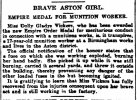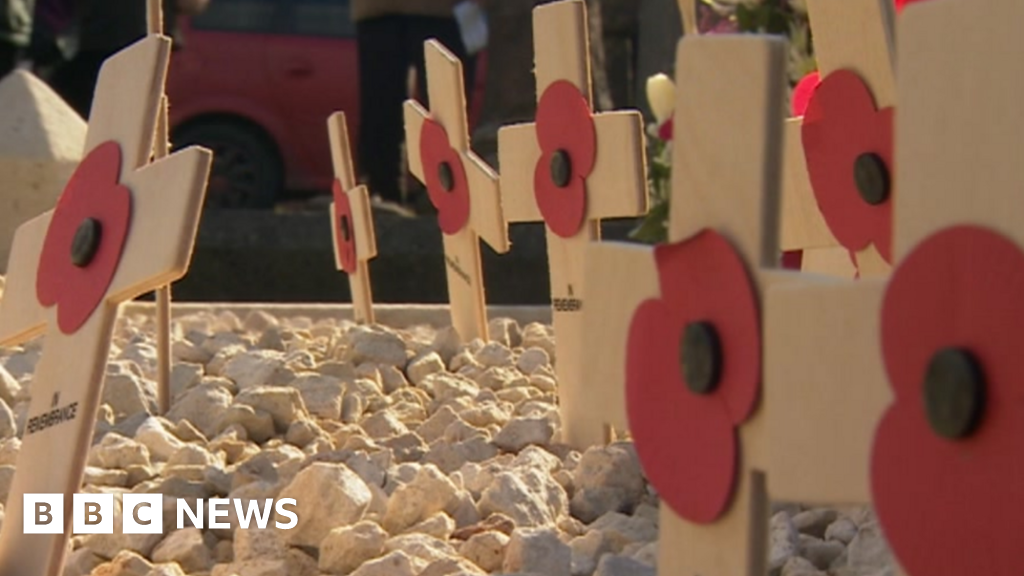Pedrocut
Master Barmmie
Great image!
It would be nice to think that these were indeed Kynoch workers ("Kynoch's Agels") and indeed most industrial images of females from those times were indeed of munition workers.
But I have some doubt as to whether this is the case. There must be other pictures of percussion cap workers/packers surviving and if they do, my gut feeling would suggest that these devices would have been handled with a bit more care and respect than appears the case in this image. Would the women have all been crammed together - not working with a bit more space between them for safety reasons - and working on a fairly cramped little table like that? Would the things even have been packed in that way?
Have to say that to me it looks much more like nice, safe, decorative items being packed. Jewellery? Enamelled badges?
Chris
PS Do we even know whether percussion caps, long since superseded by the modern cartridge case, were even being produced at that time? I don't think they were.
I don’t think that Kynoch manufactured percussion caps much after 1882, as opposed to caps that were used in the production of their cartridges. These could be a different kind? The percussion cap seems then to be in the hands of Richard Walker of Graham Street until about 1898.










